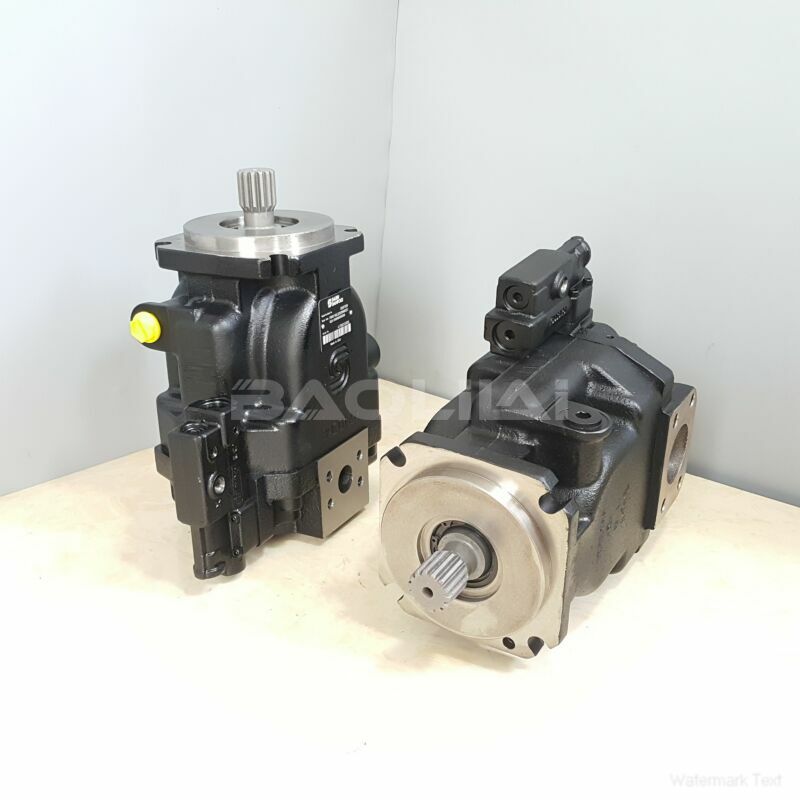FRR090CPC20NNNNN3S1R2A1NNNNNNNNNN high pressure pump
FRR090CPC20NNNNN3S1R2A1NNNNNNNNNN high pressure pump

- Product Details
- Applicable Scene
Hydraulic pumps are crucial components in various industrial applications, and Sauer Danfoss hydraulic pumps are known for their reliability and performance. However, like any mechanical system, they can experience issues, one of the most critical being pressure loss. This guide aims to assist operators and maintenance personnel in troubleshooting pressure loss in Sauer Danfoss hydraulic pumps.
FR-R-090C-PC-20-NN-NN-N-3-S1R2-A1N-NNN-NNN-NNN
FRR090CPC20NNNNN3S1R2A1NNNNNNNNNN
Understanding Pressure Loss

83036276
Pressure loss in hydraulic systems can occur for a variety of reasons, and it can lead to inefficient operation or even damage to the machinery. Pressure loss may manifest as reduced system performance, slow actuator response, or overheating. Identifying the cause of pressure loss is essential for restoring optimal function.
Common Causes of Pressure Loss
Leakage: One of the most common causes of pressure loss is leakage in the hydraulic system. This can happen at various points, including hoses, fittings, seals, or the pump itself. Regular inspection for signs of fluid leakage is crucial.
Filter Blockage: Hydraulic filters are designed to remove contaminants from the fluid. However, if they become clogged, they can restrict fluid flow, leading to pressure loss. It’s advisable to check and replace filters according to the manufacturer’s recommendations.
Air Contamination: Air entering the hydraulic system can cause cavitation, which results in pressure fluctuations and loss. This air ingress can happen through damaged hoses or loose fittings. Bleeding the system to remove air bubbles is essential to restore pressure levels.
Pump Wear and Tear: Over time, components within the hydraulic pump can wear out. This includes gear teeth or seals, which may lead to inefficiencies and pressure loss. Regular maintenance and replacement of worn parts can help prevent this issue.





